Overview
Map
Other Details
كنيسة سيّدة الشير
Aintourine
Zgharta
North
كنيسة سيّدة الشير - عينطورين هي كنيسة على سفح الوادي المقدّس، بُنيت في القرن الثاني عشر، واتّخذها الأسقف تادروس مقرًّا له إلى يوم وفاته سنة ١٥٠٢ بحسب البطريرك الدويهيّ. بقيت الكنيسة فترةً طويلة مُهملة إلى أن رُمّمت في ستينيّات القرن العشرين. The church of our Lady of the Cliff - Aintourin The church is built on the cliff side of the Holy Valley. The church was built in the XIIth century and was made an episcopal residence by Bishop Tadros until his death in 1502, according to Patriarch Douweihy. The church was left abandoned for a long time and restored during the sixties.
Visited 2312 times, 4 Visits today


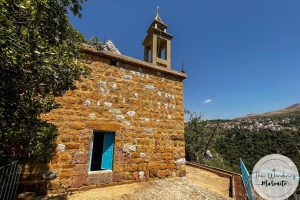
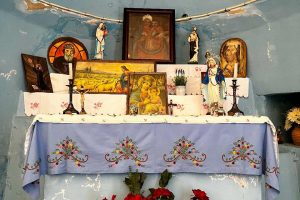
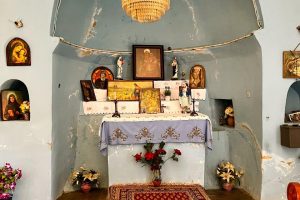

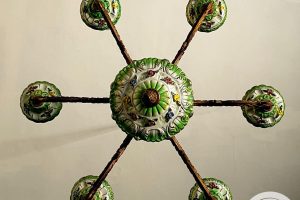
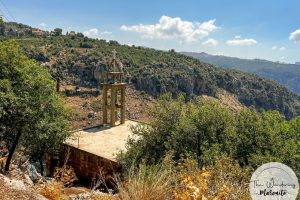
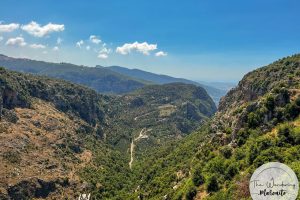







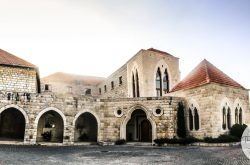
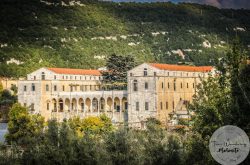
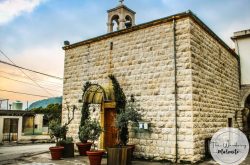
Reviews are disabled, but trackbacks and pingbacks are open.